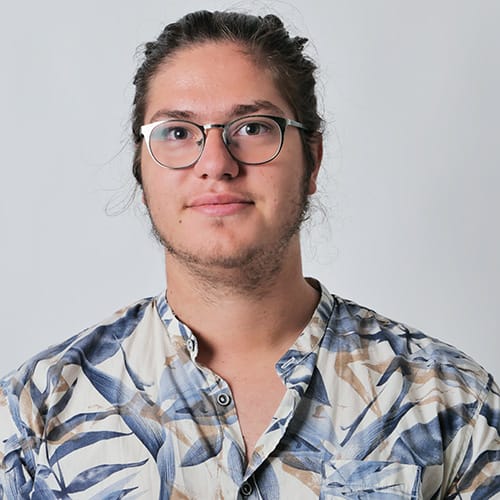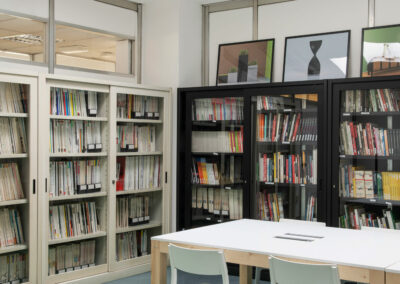Scuola Italiana Design
Scuola Italiana Design is the educational department of the Parco Scientifico e Tecnologico Galileo SCpA of Padua, an organization for higher education accredited by the Veneto Region. Through SID, Parco Scientifico e Tecnologico Galileo offers a three-year academic program, the third year of which is recognized by the Veneto Region.
Scuola Italiana Design is a space for the expression of culture and experience, where concepts and tools combine to build knowledge.
The union between knowing how to think and practical know-how is the path that each and every student takes from day one. They are accompanied by a unique relationship that bonds them to the faculty, other students, and all those who breathe life into Scuola Italiana Design.
We have a “systemic” approach in which design is a journey that develops out from the analysis of needs to cultural changes and lifestyles, to the outpouring of scenarios ushered in by new technologies.
Designers who have studied with us have the ability to imagine, push the boundaries, create and execute.
Mission
Scuola
signifies the remarkable balance between culture and experience, theory and practice, conceptual methodologies and applied tools. This level of training is accompanied by a personal dimension in which the student is supported and valued from day one through a unique relationship that connects him or her to other students, faculty, and staff of Scuola Italiana Design.
Italiana
is at the conceptual and physical root of the institute.
Conceptual because the courses and projects, mainly related to design thinking (and “making”), are approached from an entirely Made-in-Italy perspective, recognized worldwide for its quality.
Physical because SID is the educational department of Galileo Visionary District in Padua, a flagship for innovation and growth of companies and people.
Design
is the specialization of our academic program, which is constantly enhanced as we perceive new trends, listen to the needs of companies, and explore the evolution of design languages and methods. Today, the main experience for college-age students is our Three-Year Course in Product Design and Communication, to which we add short, advanced courses and workshops periodically during the year of study.
History
Scuola Italiana Design (SID) was established as the first specialty school focusing on industrial design in Northeast Italy.
- Founded in 1991, SID chose Padua, a university city steeped in art and culture and home to a rich and important industrial area, as its home.
- In 1993, SID obtained recognition for its Three-Year Course in Industrial Design.
- In 1998, it inaugurated the Workshop format, a key integrative initiative within the curriculum. The workshops take place off-site with a distinct and unconditioned working method that blended educational, experiential and recreational activities to allow students to conceptualize the project from novel points of view.
- In 2001, it became part of Galileo Visionary District – Parco Scientifico e Tecnologico di Padova (Science and Technology Park of Padua), which today consists of multiple divisions serving to enrich the designer’s education, such as MaTech, a center of excellence on innovative materials, and Start Cube, a university business incubator in Padua.
- 2003 – Recognition of Galileo Science and Technology Park SCpA as an institution accredited by the Veneto Region for higher education (R.L. 19/2002).
- 2015 – In 2015 SID underwent a repositioning, redesigning different aspects of the school. The curriculum was expanded and reconfigured around five disciplinary areas (product, visual, management, multimedia and human sciences) and the spaces, image, and intersections with the other areas of Galileo Visionary District were enhanced, creating a stimulating, interdisciplinary environment, rich in different skills and unique.
- In 2020, the new Scuola Italiana Design website was launched.
Manifesto
- #1 – Interdisciplinary An interdisciplinary spirit embodies the identity of SID, which fosters thinking that can expand and adapt to a profession that is constantly in flux.
- #2 – On a human scale SID differs from other schools in size. Smaller classes and cozy environments where excellence is fostered and pursued. A limited number of enrollments allows for the careful selection of students and tailor-made education, encouraging exchange and debate, which is useful for personal and professional growth.
- #3 – Extras Open-mindedness inevitably passes through an opening of boundaries. That’s why SID organizes events in open and challenging settings to foster learning in a variety of different ways. Workshops, Camps, Fuorisalone (Milan Design Week), are the main activities that enrich the curriculum throughout the Academic Year.
- #4 – Teamwork. To learn, it is necessary to hone your own beliefs and expand your thinking by allowing yourself to be influenced by the notions of others. SID believes deeply in educational growth through a constant exchange of views, which is why it bases a large part of the courses and activities of the three-year course on collective activities and projects. These provide an opportunity to work in groups where different skills and ways of thinking come together so students can learn how to approach the project in an innovative way.
- #5 – Learning by doing. Scuola Italiana Design is a place for the expression of culture and experience, where concepts and tools build “knowledge” together. The union between knowing how to think and practical know-how is the foundation for our curriculum, mixing technical, practical, humanistic, social and economic subjects.
- #6 – Companies. Ever aware of the importance of creating close connections with the companies of the production and service worlds, SID believes in collaborating with companies as an educational experience, useful for consolidating tools, testing ideas and abilities, and gaining awareness.
- #7 – Placement SID follows the path of its students even after they have finished their studies, helping them to relate to the work environment and placing them in the most suitable settings for their professional growth. More than 90 percent of students find employment in the different areas of design within six months after the end of the three-year course.
Director

Emiliano Fabris
Director Scuola Italiana Design
Management

Andrea Busato
Head of Marketing and Business Relations

Sonia Tasca
Art Director

Cesar Arroyo
R&D Manager
Didactics

Andrea Maragno
Head of Didactics
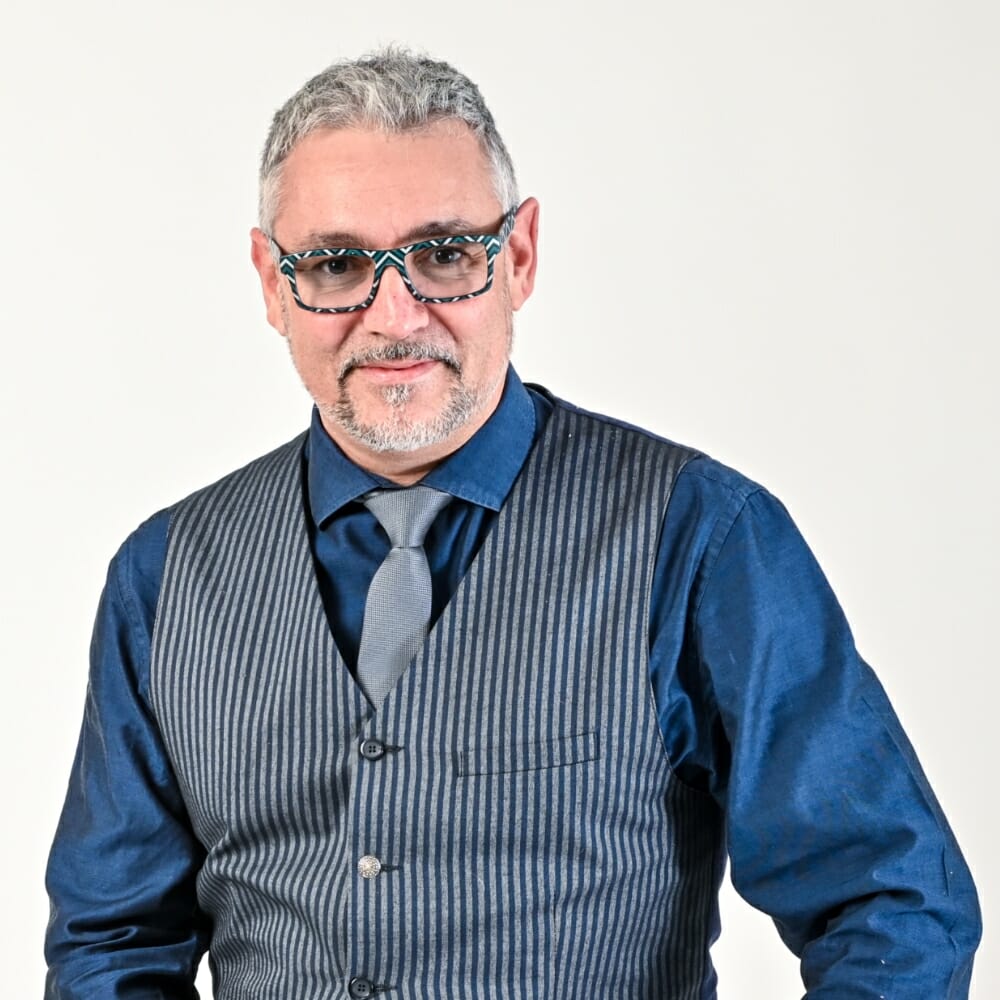
Cesar Arroyo
Teaching Coordinator
Research Committee

Paolo Giopp
SID President

Emiliano Fabris
SID Director

Andrea Maragno
Head of Education

Andrea Busato
Research project manager

Steve Azzalin
Responsible for relations with research partners
Secretary’s Office
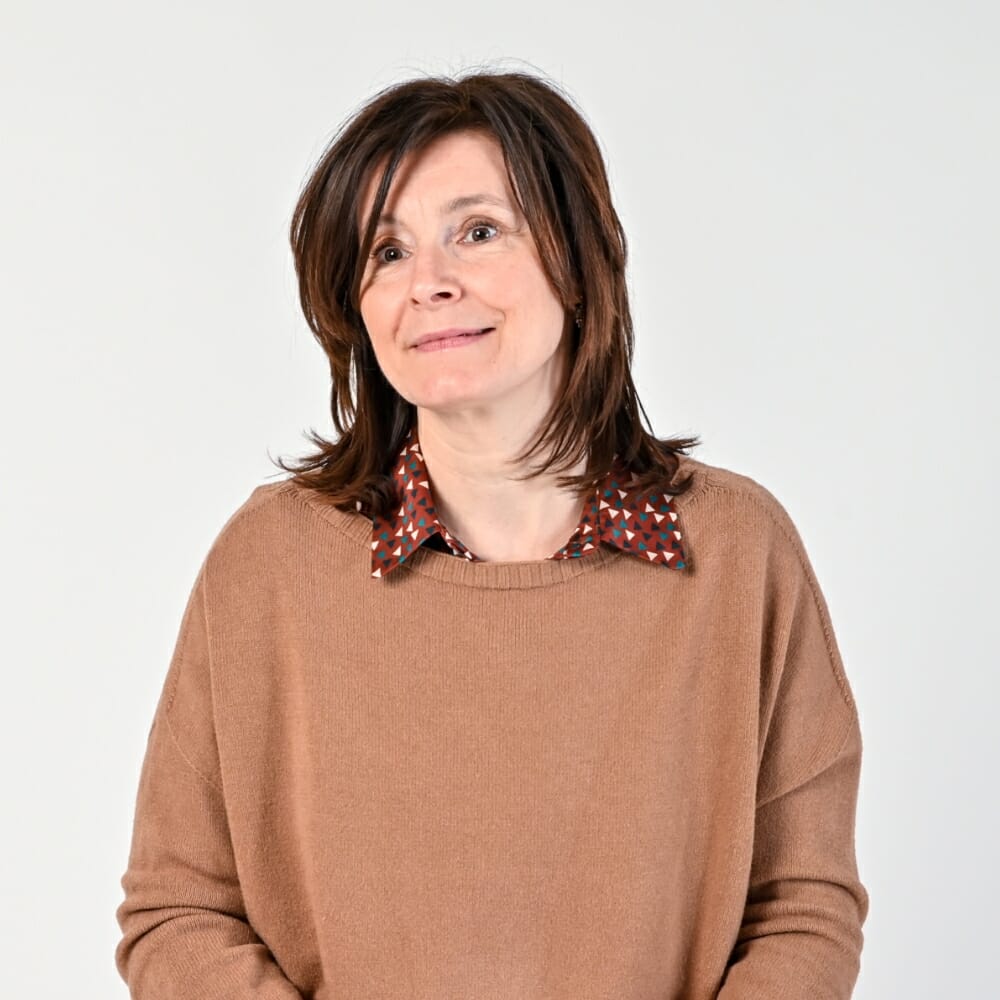
Tatiana Nicoletto
SID Secretary
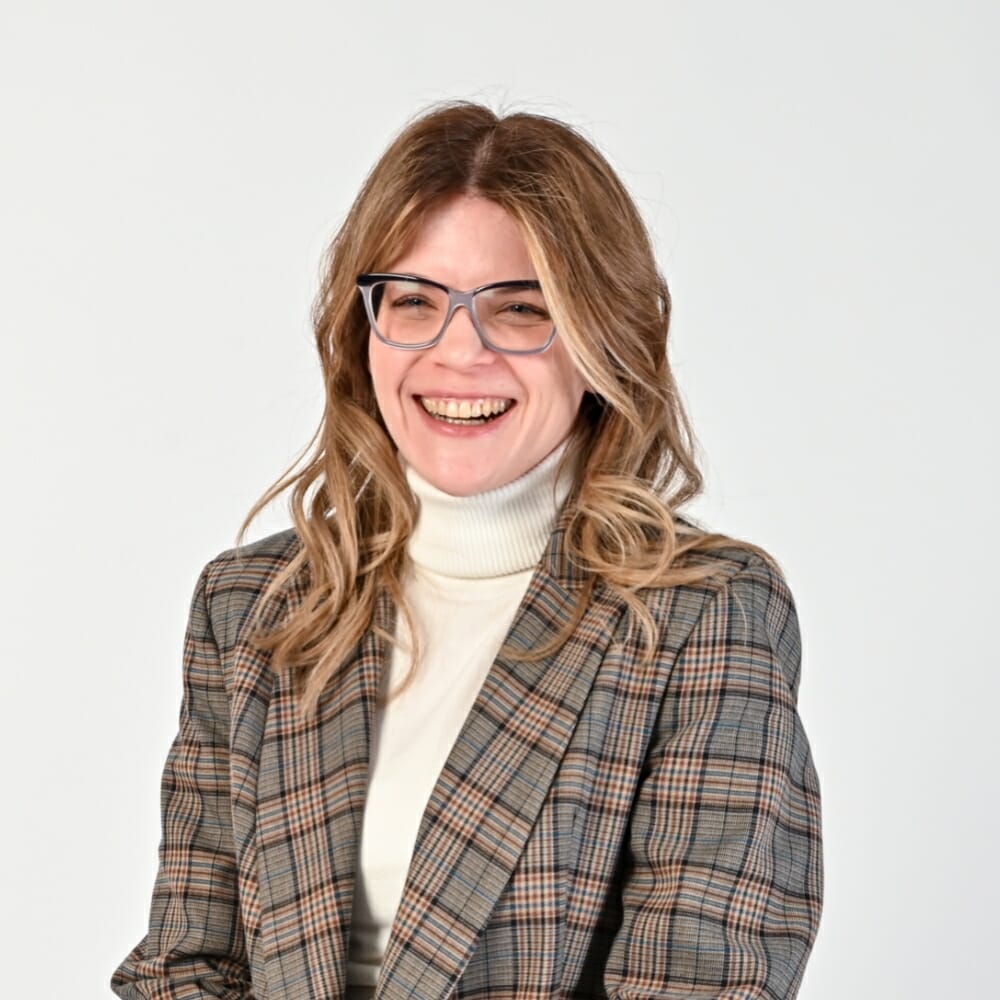
Alessandra Bortoli
SID Secretary

Sara Guerriero
SID Secretary
Library

Angela Zaghi
SID Library
I year
MUR recognized

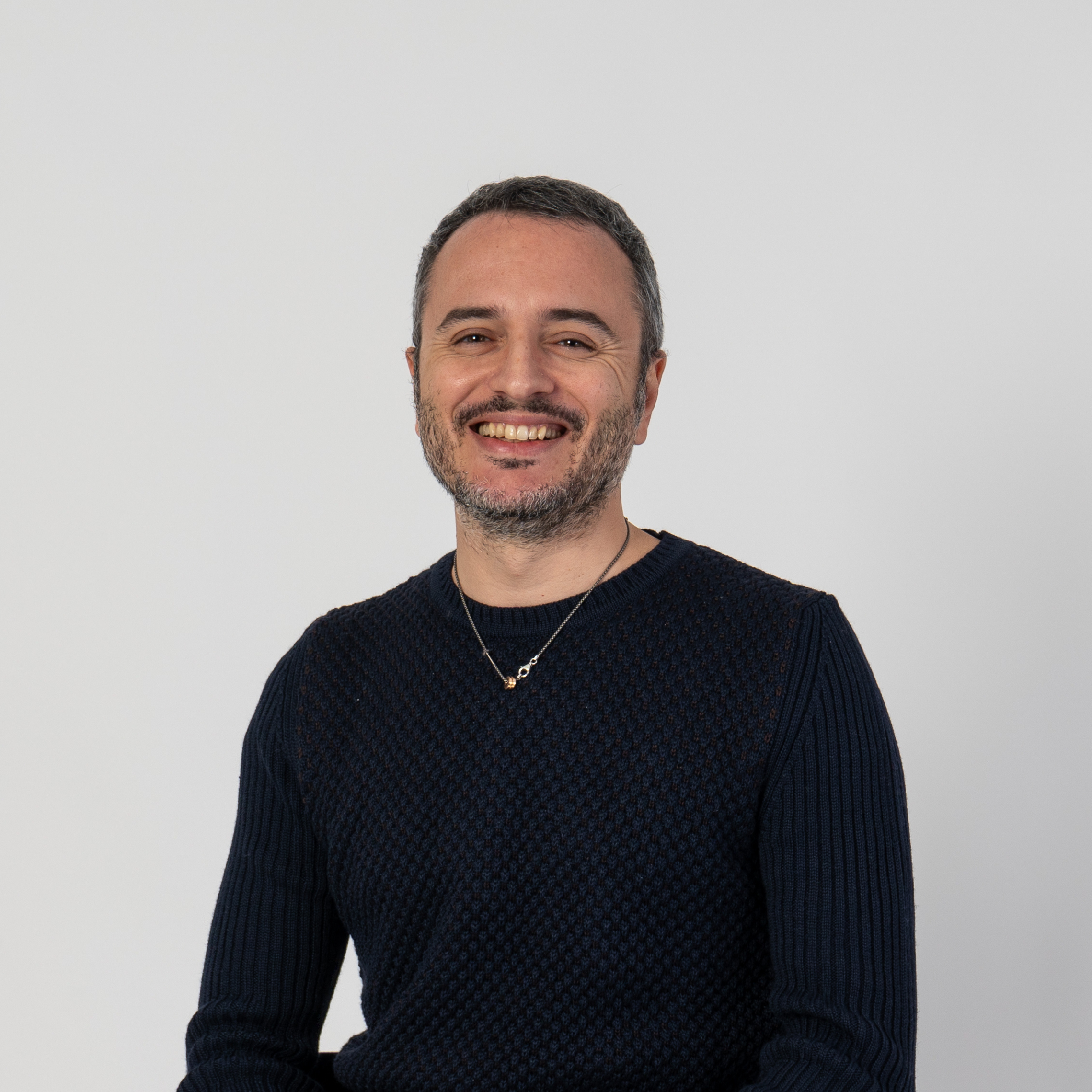


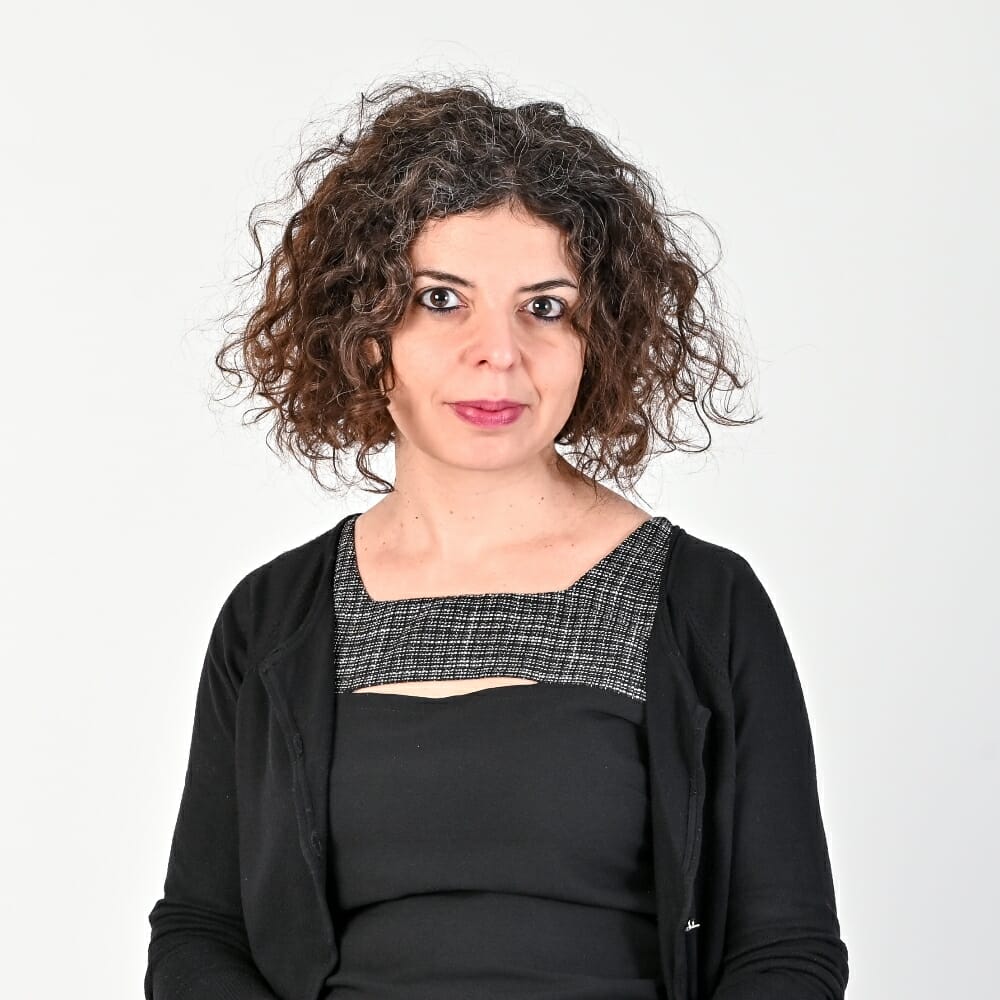

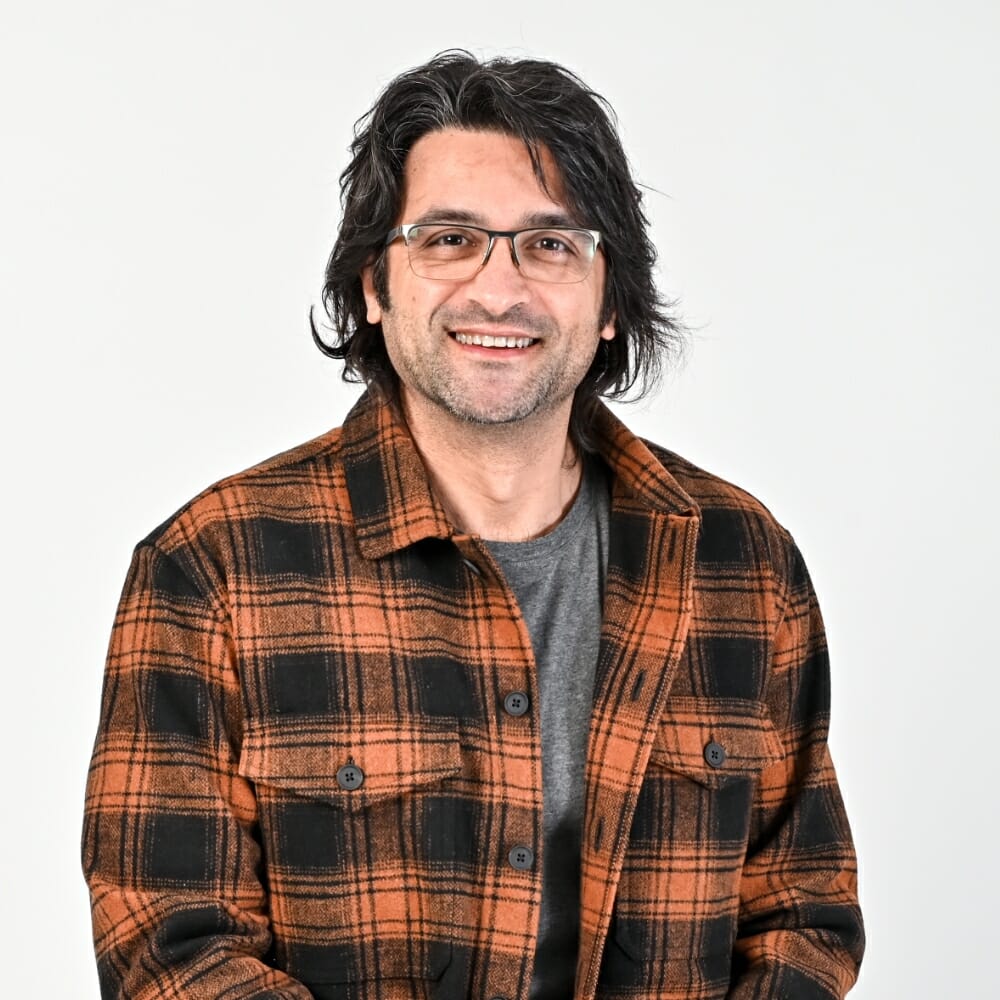
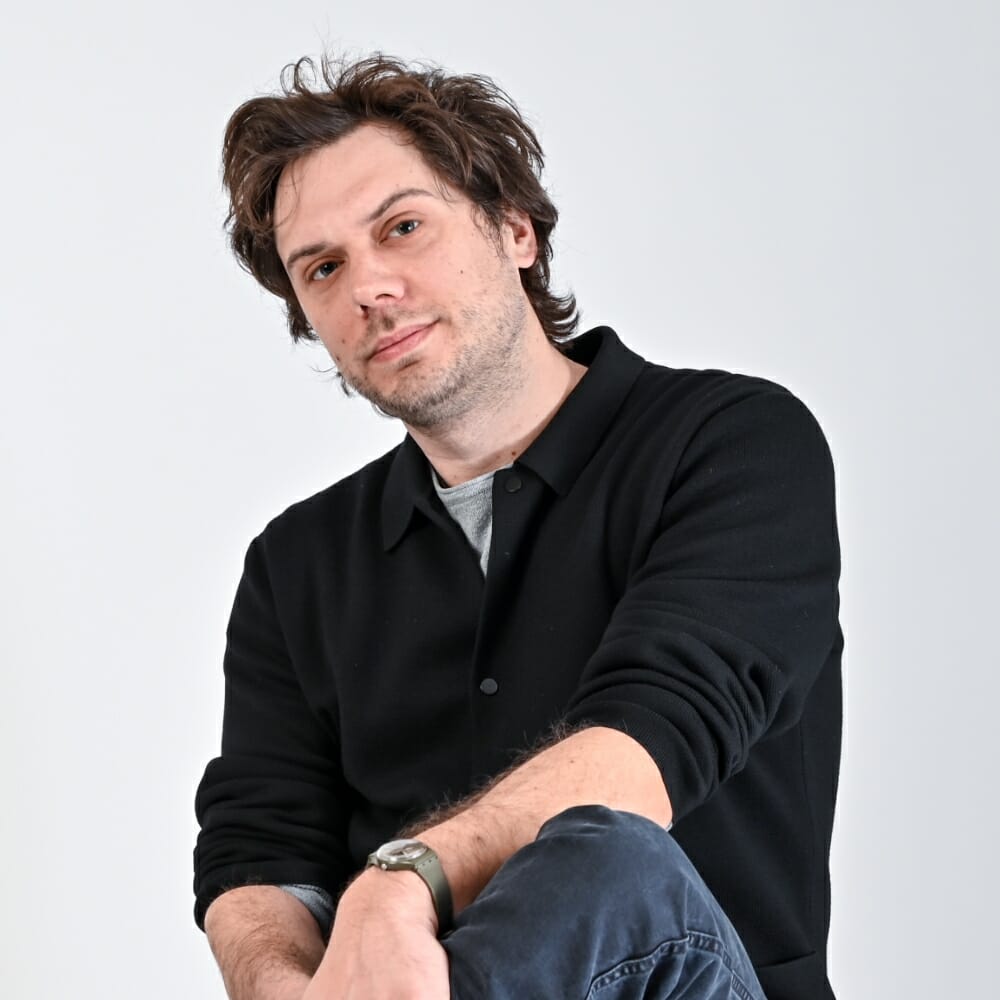

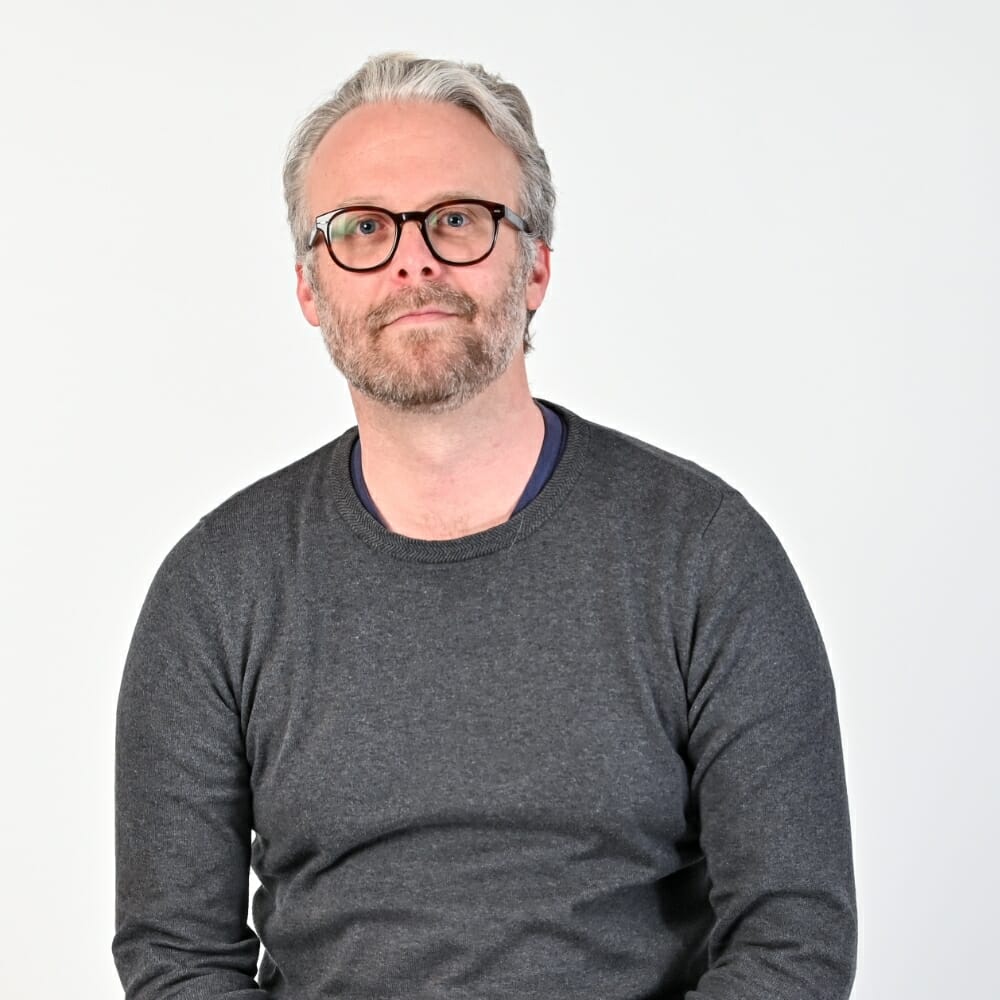
II year




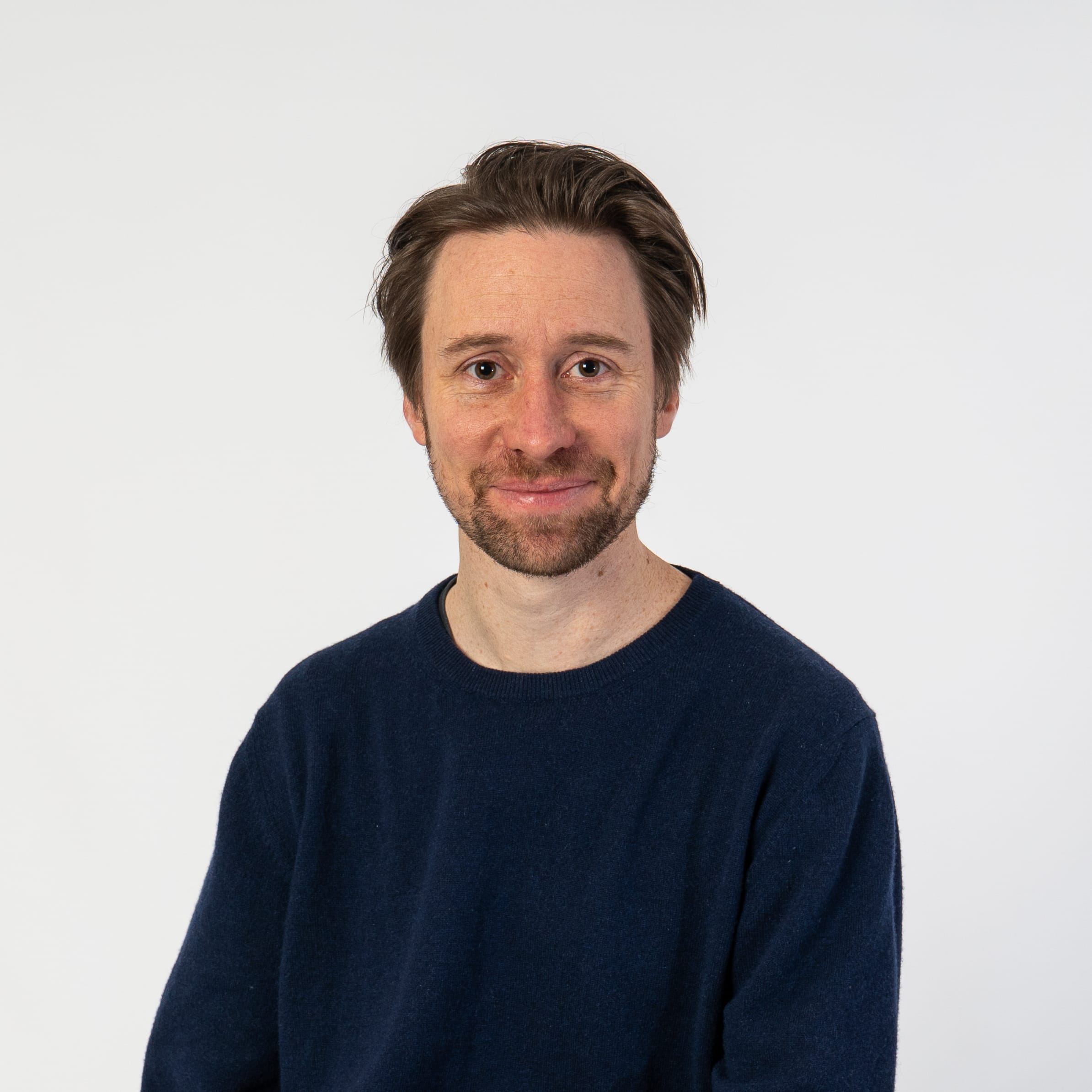

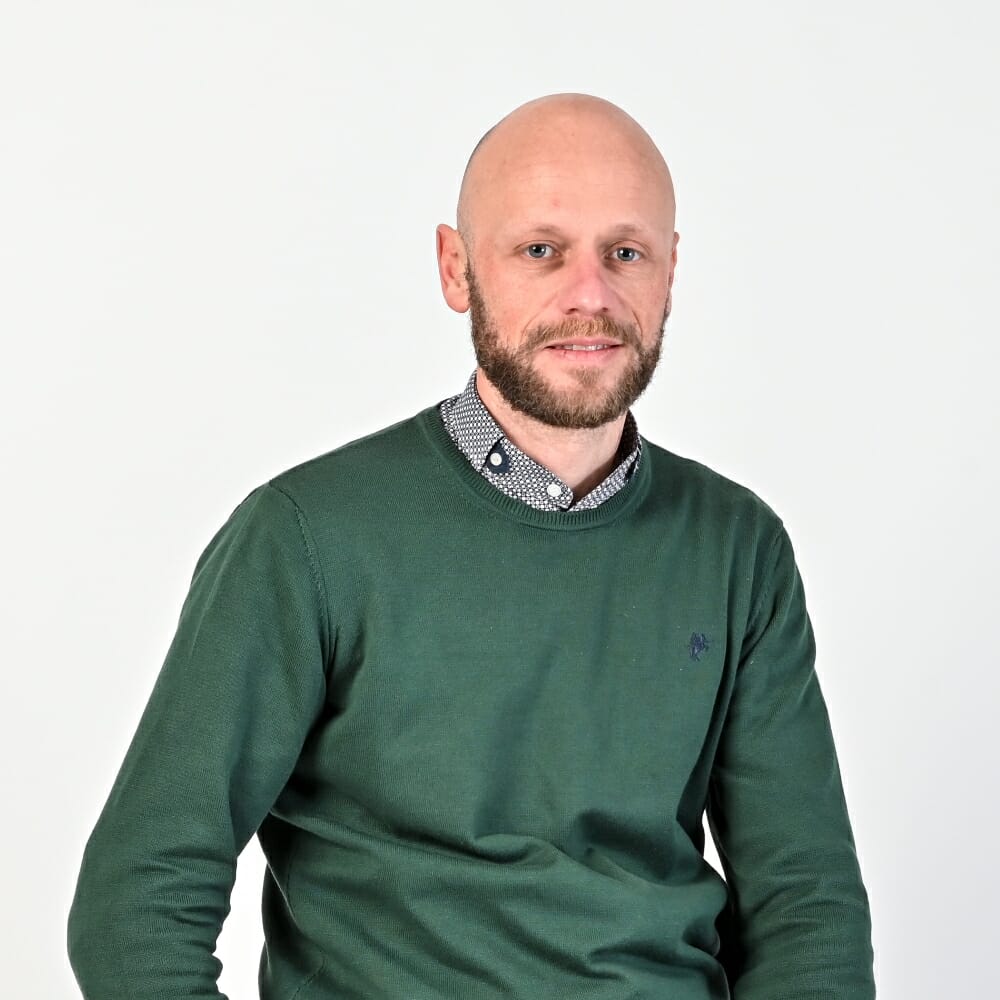






III year















Assistants



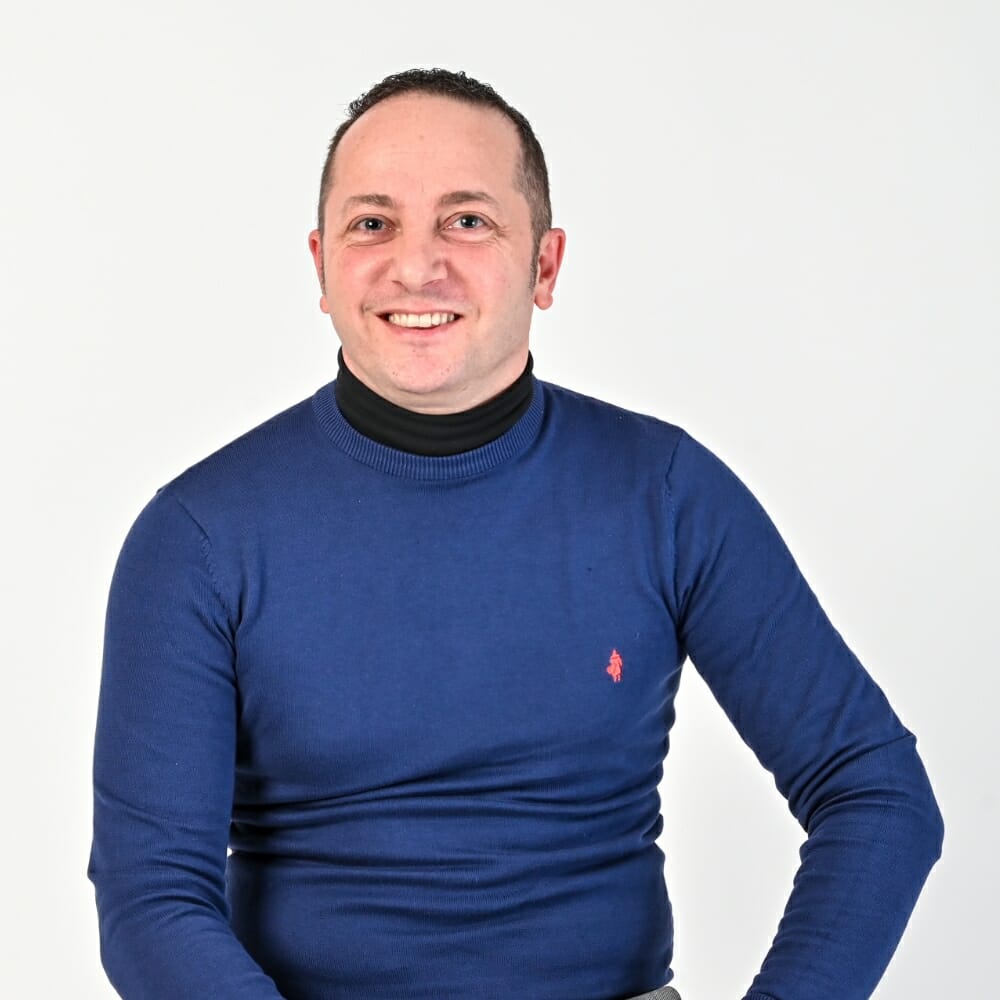
Stefano Traverso
Representation Techniques and Project Communication Assistant - Year I / Year II
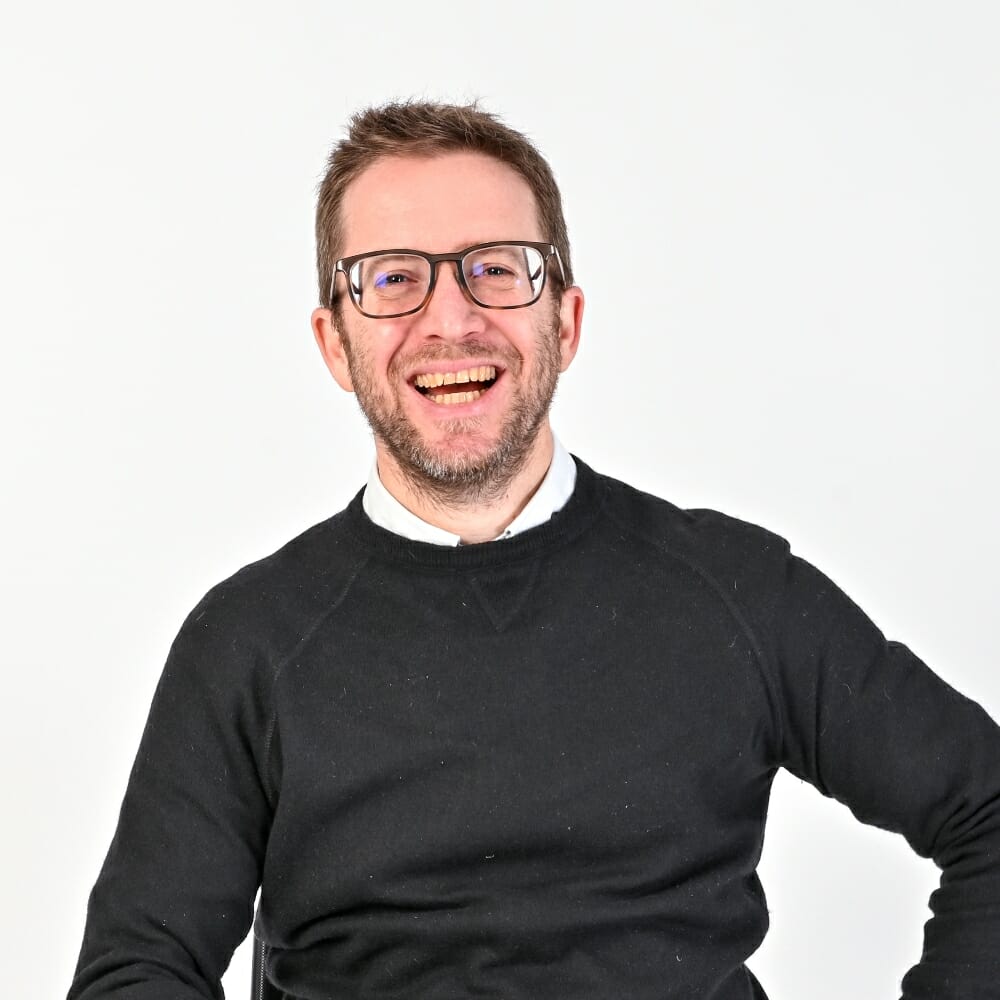
Wilmer Gentili
Assistant Project Representation and Communication Techniques - Year I / Year II
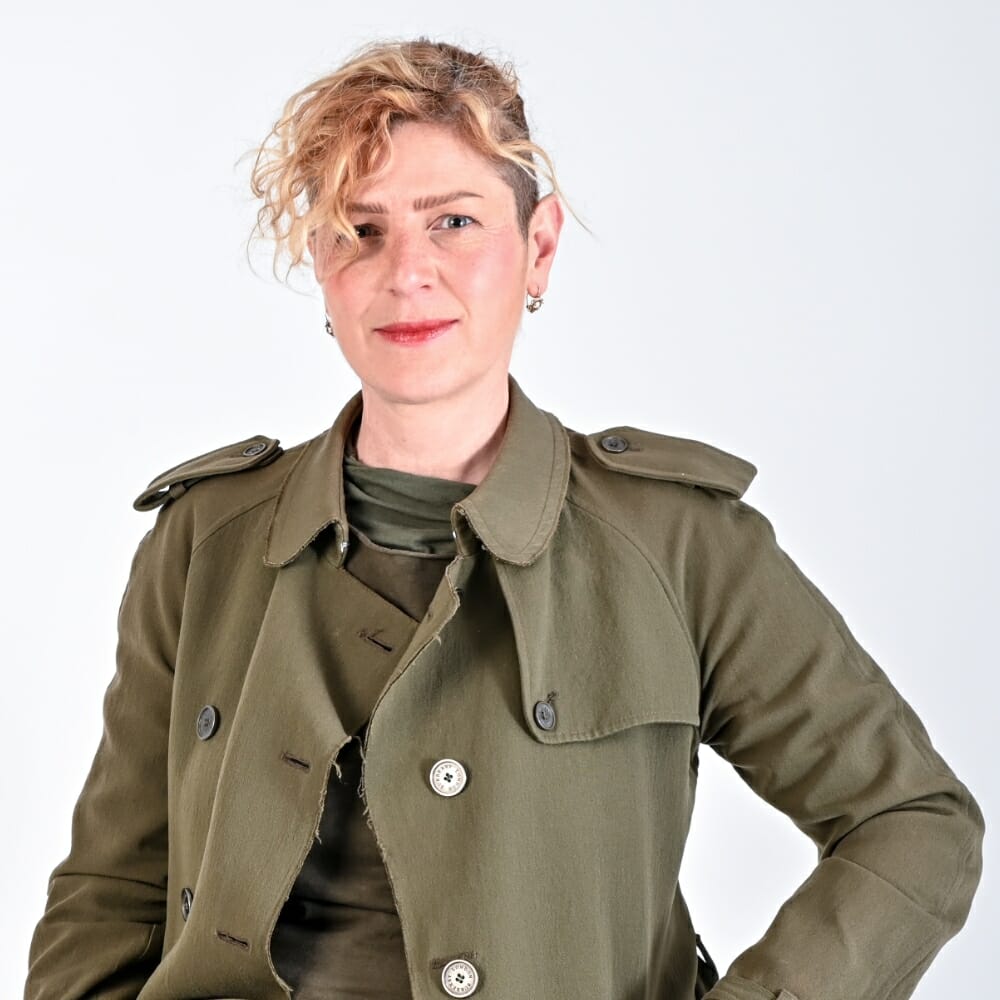



Giovanni Zambon
Computer and Multimedia Technology Assistant - Year I / Year II
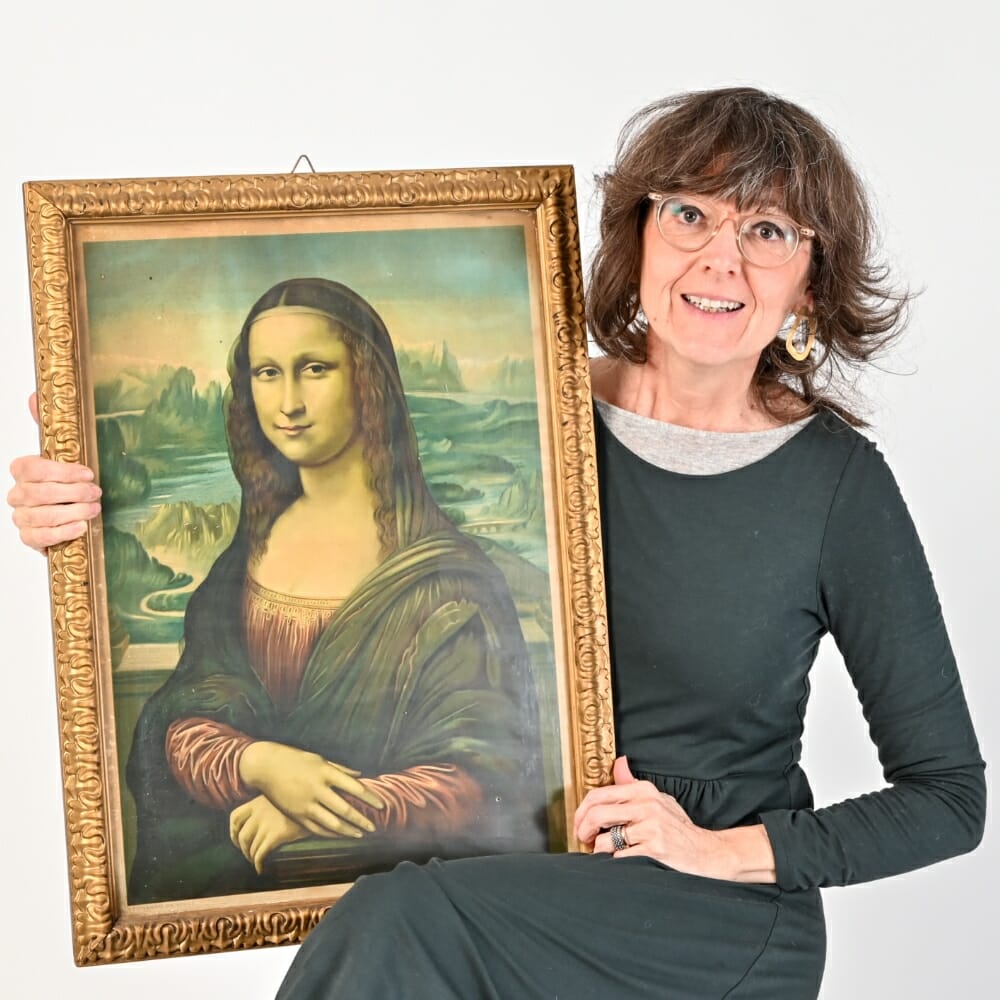
Luisa Fantinel
Assistant Professor Sociology and Anthropology of Design - Year I
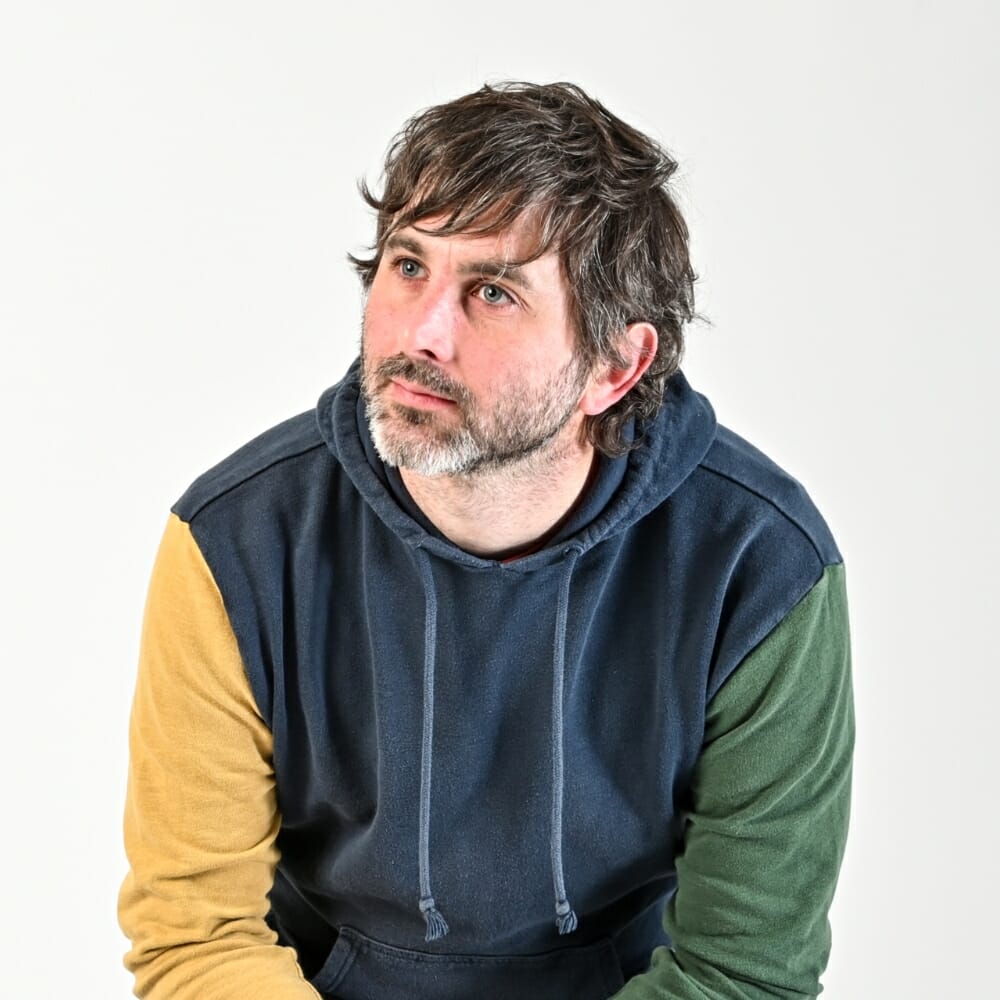
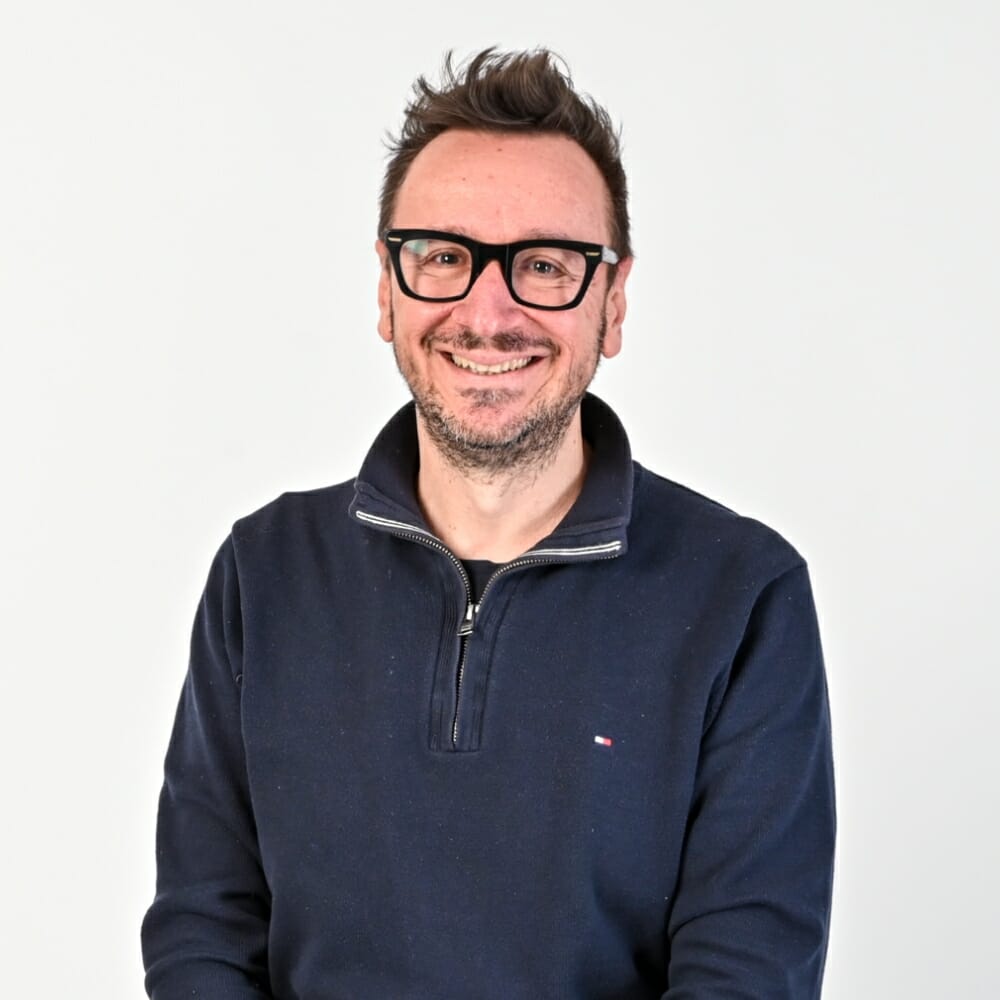


Stefano Benetti
Product Design Assistant - Year III




Lucrezia Stocco
Product Design Assistant - Year III
Academic Council
Academic Council

Luisa Fantinel
Faculty Assessor
Academic Council
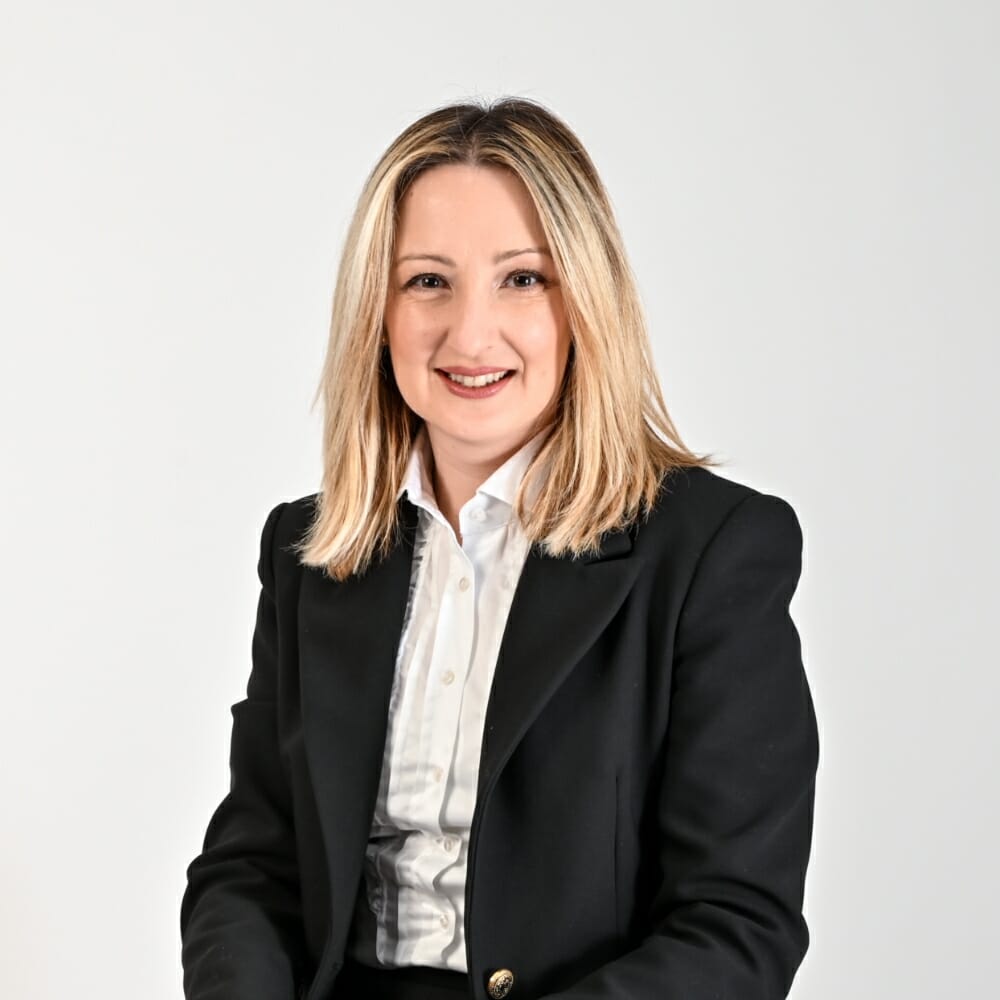
Manuela Soccol
Legal Counsel
Academic Council

Francesca Gambarotto
Professor UNIPD
Academic Council
Regulations
The school regulations govern the educational organization of Scuola Italiana Design and lay out the criteria and methods of carrying out the educational activities of the three-year course.
It contains the educational regulations of Scuola Italiana Design, the procedures for admission to the study course and the criteria for evaluating students during the study course, the study manifesto, and the official rules that regulate interactions among teachers, students, the structure, and the governing bodies of Scuola Italiana Design.
The current didactic regulations of the Study Course provided by Scuola Italiana Design are in line with the provisions of Ministerial Decree No. 17 of February 3, 2010 in relation to the didactic regulations of the study courses for the attainment of bachelor’s degrees in the Schools of Design of ISIAs. Scuola Italiana Design has made an application to the MUR in order to obtain authorization, pursuant to Art. 11 D.P.R. 212/2005, to award a special first-level academic diploma in Design – Design and Communication.
Statute
The Academic Statute declares and explains the legal nature of Scuola Italiana Design and describes the roles that function within the organizational chart of the School.
Study Manifesto and Calendar 2023/24
The Study Manifesto is the document that, each year, defines the course of study and in particular: entry requirements. official plan of studies, with a list of the courses activated for the academic year to which it refers and the corresponding amount in educational credits.
The curriculum, based on the dictates of DM 3.02.10 No. 17 and active since the 2015/2016 Academic Year, is organized into two semesters, consisting of 16 weeks each, 3 exam sessions (Winter, Summer and Fall) and a discussion of the final exam that may vary according to Regional provisions.
Classes for the three-year course in “Design and Communication (DIPL 02)” begin in mid-September and end in late May of the following year.
Calendar of Studies A.Y. 2023/24
I SEMESTER September 18, 2023
/ February 23, 2024
1st week from 09/18 – 09/22/2023
2nd week from 25.09 – 29.09.2023
3rd week from 02.10 – 06.10.2023
4th week from 09.10 – 13.10.2023
5th week from 16.10 – 20.10.2023
6th week from 10/23 – 10/27/2023
7th week from 30.10 – 03.11.2023
8th week from 06.11 – 10.11.2023
9th week from 13.11 – 17.11.2023
10th week from 20.11 – 24.11.2023
11th week from 27.11 – 01.12.2023
12th week from 04.12 – 08.12.2023
13th week from 11.12 – 15.12.2023
14th week from 12/18 – 12/22/2023
15th week from 25.12 – 05.01.2024 Christmas break
16th week from 08.01 – 12.01.2024
17th week from 15.01 – 19.01.2024
18th week from 22.01 – 26.01.2024
19th week from 29.01 – 02.02.2024 (workshop )
20th week from 05.02 – 09.02.2024
21st week from 12.02 – 16.02.2024
22nd week from 19.02 – 23.02.2024
II SEMESTER February 26, 2024
/ 05 July 2024
1st week from 26.02 – 01.03.2024
2nd week from 04.03 – 08.03.2024
3rd week from 11.03 – 15.03.2024
4th week from 18.03 – 22.03.2024
5th week from 25.03 – 29.03.2024
6th week from 01.04 – 05.04.2024
7th week from 08.04 – 12.04.2024
8th week from 15.04 – 19.04.2024 (workshop)
9th week from 22.04 – 26.04.2024
10th week from 29.04 – 03.05.2024
11th week from 06.05 – 10.05.2024
12th week from 05/13 – 05/17/2024
13th week from 20.05 – 24.05.2024
14th week from 27.05 – 31.05.2024
15th week from 03.06 – 07.06.2024
16th week from 10.06 – 14.06.2024
17th week from 06/17 – 06/21/2024
18th week from 24.06 – 28.06.2024
19th week from 01.07 – 05.07.2024
EXAM SESSION.
Winter 26 February – 01 March 2024
Summer 10 – June 14, 2024
Fall 02 – 06 September 2024
EXAMINATION TEST DISCUSSION *
June 17 to 21, 2024
*dates of the final test discussion may vary according to Regional regulations
THESIS SUBMISSION DEADLINES
Theses must be submitted no later than 15 days before the specified discussion date.
Library
The “Marco Zanuso” Library of Scuola Italiana Design is a private academic library created with the aim of providing enrolled students with a wide range of works in every subject area related to the world of design and its multiple expressions (from Anthropology and Sociology to Product Management and Applied Technologies in Industrial Design).
The library is equipped with 450 specialized volumes on Design and the different related disciplines as well as more than 1900 journals specialized in the field of design, communication and technological innovation.
There are also historical collections of publications and magazines that have always accompanied the world of design in Italy such as DOMUS, with more than 500 volumes, whose first issues date back to 1963.
The library is located on the ground floor of Scuola Italiana Design where both the storage facilities for volumes and the special space for on-site consultation of printed volumes are respectively located. The area also extends to the second floor of Scuola Italiana Design, providing a total of over 90 m² of consultation space.
A subscription to the MLOL platform has been activated and made available to students and faculty of Scuola Italiana Design, with more than 2,500 volumes available specifically on topics on Design.
Admissions

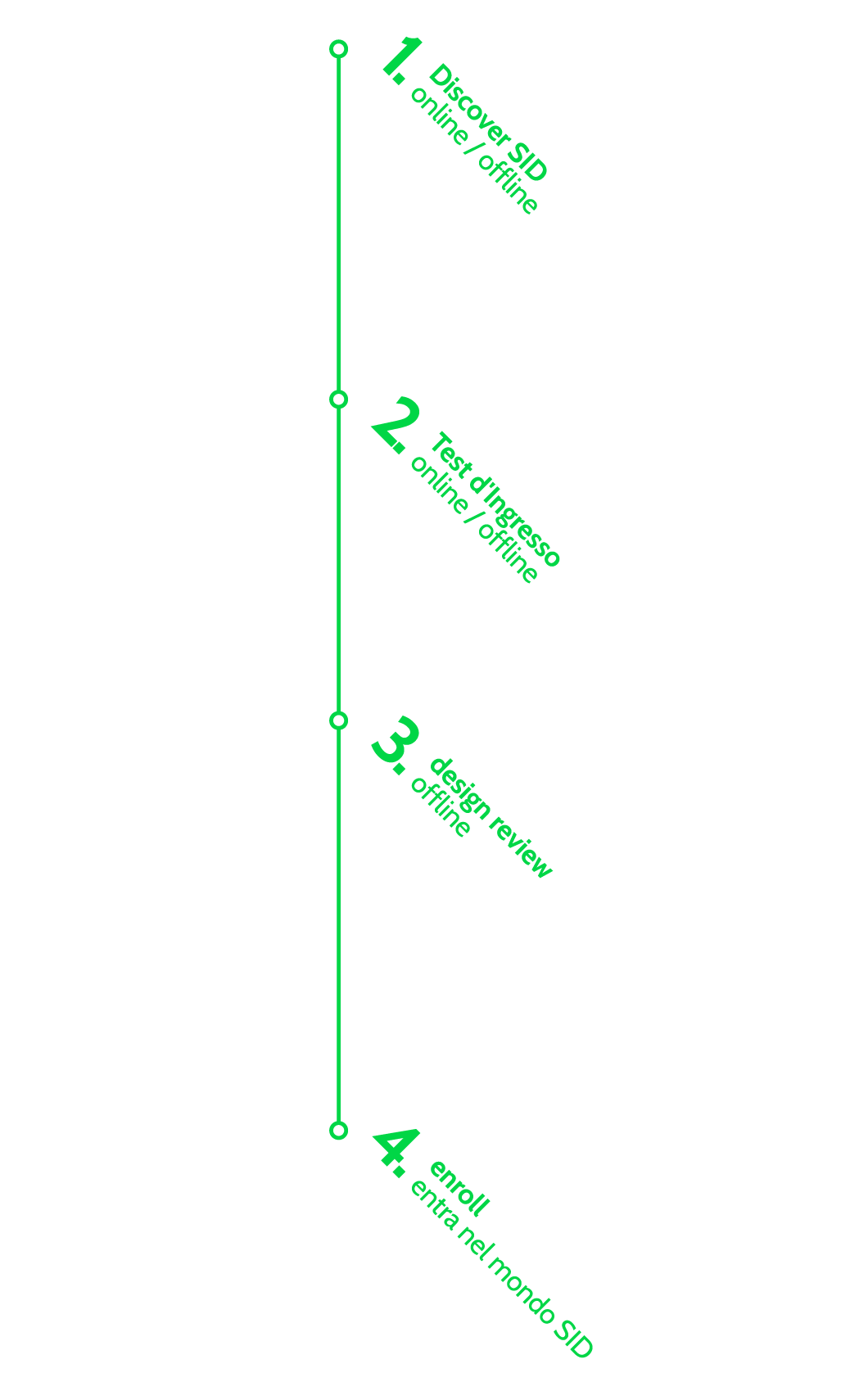
Course in Product and Communication Design
“Today there are no more specializations, and being and doing design is a fluid activity, constantly changing and always interconnected.”
Ettore Sottsass
The new SID curriculum is designed to empower the student to develop thinking that is capable of expanding.

